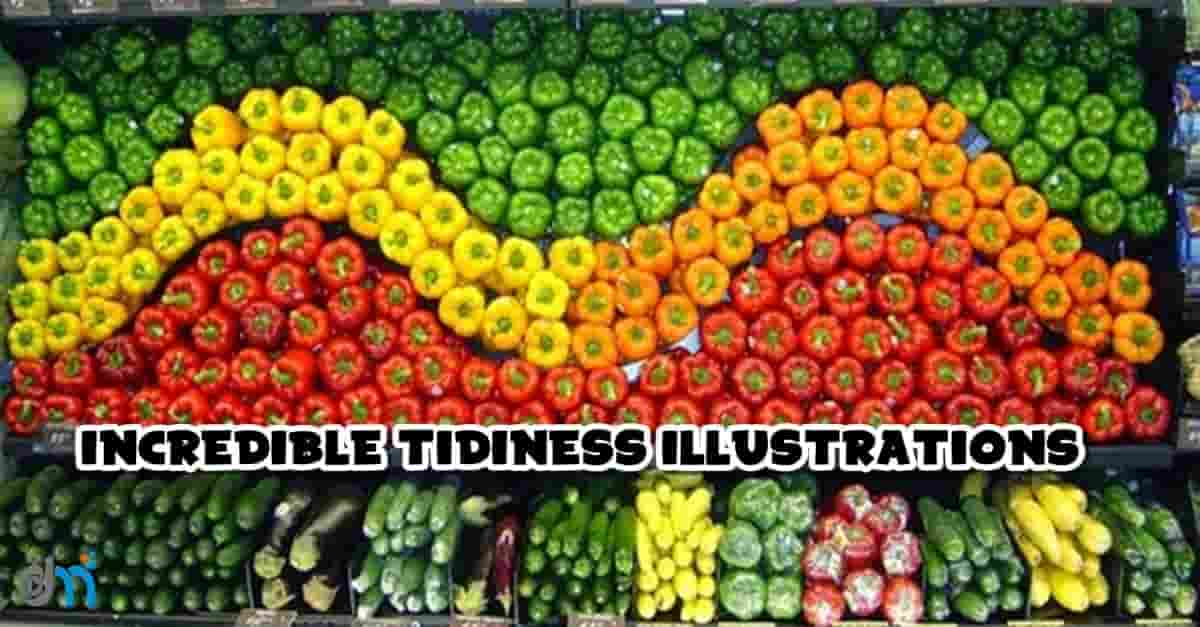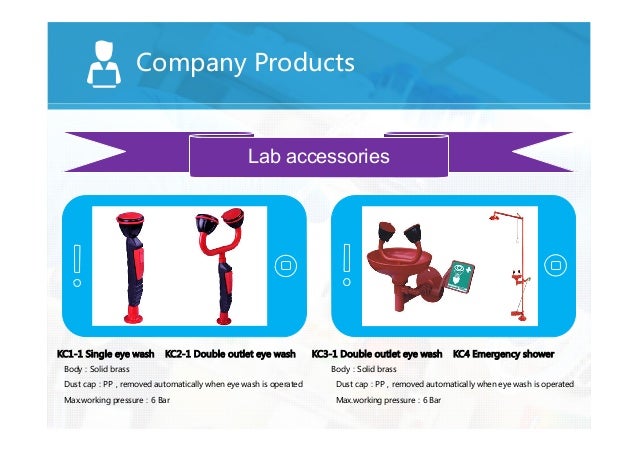

Notes about your experiment, including how you prepared your samples for sequencing, We want to follow a few guidelines for metadata. Was this more information and data than you were expecting?Īll the data and information discussed can be considered metadata, There likely will be other ideas here too. Type of sequencing you are doing, e.g., paired-end Illumina HiSeq.

Lab notebook notes about how you conducted those experiments.Whatever you were measuring for your study. Spreadsheet or tabular data with the data from your experiment and.Types of files and information you have generated: What kinds of data and information have you generated before you sent your DNA/RNA off for sequencing? Solution The sequence data itself is useless without the information about what you sequenced.

Data about the data are often called the metadata. If not more so, is the data you have generated about the sequences before they ever go to The sequencing data that we get back from the sequencing center, but just as important, When we think about the data for a sequencing project, we often start by thinking about Understand the importance of metadata and potential metadata standards.Įxplore common formatting challenges in spreadsheet data.Ĭonsider confidentiality issues that may arise from storing and sharing the metadata. Think about and understand the types of metadata a sequencing experiment will generate.


 0 kommentar(er)
0 kommentar(er)
